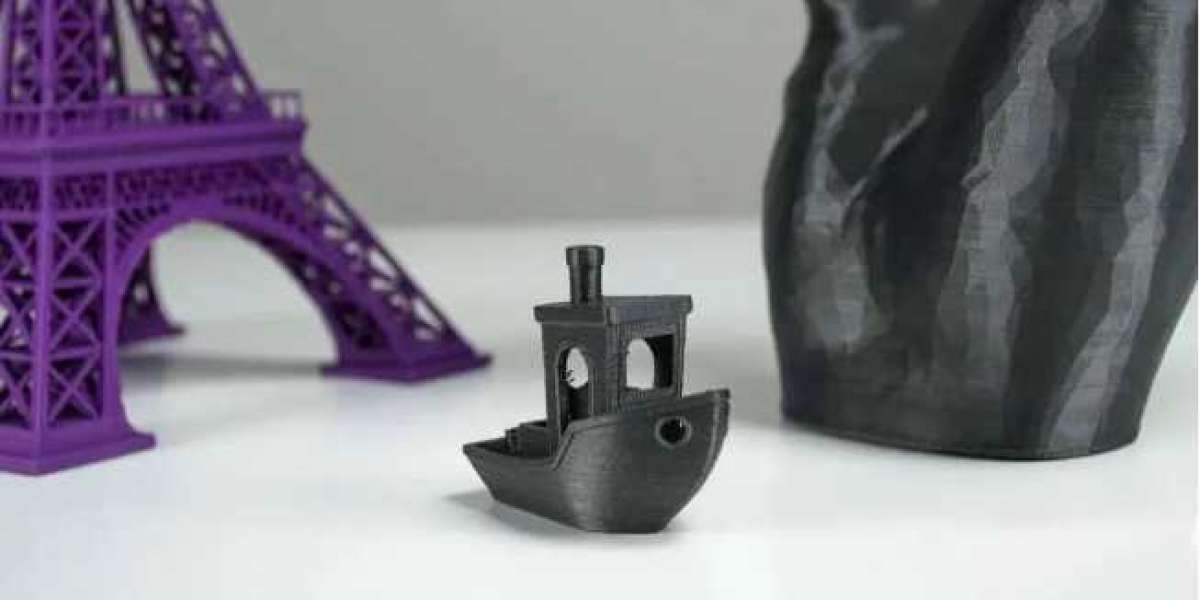Chang'e 6’s Lunar Exploration Propulsion
On May 3, 2023, the Chang'e 6 mission was successfully launched, with the rocket providing critical propulsion during the first 2200 seconds. The Chang'e 6 mission was carried out by the Long March 5 rocket, equipped with 30 engines that collectively placed the spacecraft into a trans-lunar trajectory.
The mission encompassed a comprehensive set of operations: launch, Earth-Moon transfer, lunar landing, ascent, docking, and return to Earth, culminating in the successful retrieval of the first lunar far-side samples. Throughout the mission, over 100 space engines operated in sequence to ensure success.
Upon entering its designated orbit, the Chang'e 6 mission’s progress relied on 77 onboard engines. Among these, the 7500 Newton variable-thrust engines played a crucial role during the landing phase. According to Li Jianhua from China Aerospace Corporation, this engine was initially developed for the Chang'e 3 lunar lander and was subsequently used in Chang'e 4, 5, and 6 missions for lunar soft landings. After Chang'e 6 completed its lunar sampling, a 3000 Newton engine was responsible for launching the ascent vehicle carrying the far-side samples from the lunar surface.
The Role of 3D Printing in Chang'e Missions
In the production facilities for rocket engine components, 3D printing technology has become a pivotal manufacturing tool. Parts that once took 50 hours to produce manually can now be completed in just 10 hours with 3D printing.
Inside the workshop, dozens of metal 3D printers operate around the clock, producing components based on engine design blueprints. These parts are then assembled into rocket engines. The adoption of 3D printing not only shortens production times but also simplifies manufacturing processes, enhances part reliability, and significantly reduces material waste.
Zhou Yaxiong from China Aerospace Corporation explains, “The engine housing needs to function under high pressure while maintaining exceptional mechanical properties. By using 3D printing technology, we have achieved integrated forming, streamlining both design and manufacturing processes.”
The Expanding Scope of 3D Printing Technology
Today, over 60% of new rocket engine components are produced using 3D printing, significantly accelerating development efficiency. Historically, many engine parts were handcrafted and unique; now, 3D printing is transitioning rocket engine production from handcrafted items to standardized industrial products.
Zhang Peng from China Aerospace Corporation notes that earlier casting processes had a qualification rate of only about 30% due to technological constraints. With the introduction and continuous advancement of 3D printing, the qualification rate for parts has risen to over 95%.
While 3D printing has advanced rocket engine manufacturing, digital technologies have dramatically accelerated design and development processes. Previously reliant on hand-drawn blueprints or 2D diagrams, engine design now fully utilizes 3D models, significantly shortening development timelines.
The Synergy of Digitalization and 3D Printing
Combining digital technology with 3D printing, the initial design of engines now considers whether parts are suitable for 3D printing production. Li Cheng from China Aerospace Corporation remarks, “Digital tools have accelerated product iteration. We can conduct multiple rounds of simulation in a virtual environment, ensuring successful real-world results and supporting the development of more powerful liquid rocket engines.”
Li Bin from China Aerospace Corporation adds, “As a core technology, rocket engine development has driven advancements in related industrial technologies. From materials and manufacturing processes to equipment technology, all supporting technologies are continually improving, creating a positive feedback loop that contributes to the overall development of China's space industry.”
Conclusion
The application of 3D printing technology, especially in the aerospace sector, is rapidly transforming production methods. With widespread use, rocket engine manufacturing has shifted from intricate manual processes to automated and standardized industrial production. This advancement not only enhances production efficiency but also lays a solid foundation for future, larger-scale, and higher-performance space missions.



